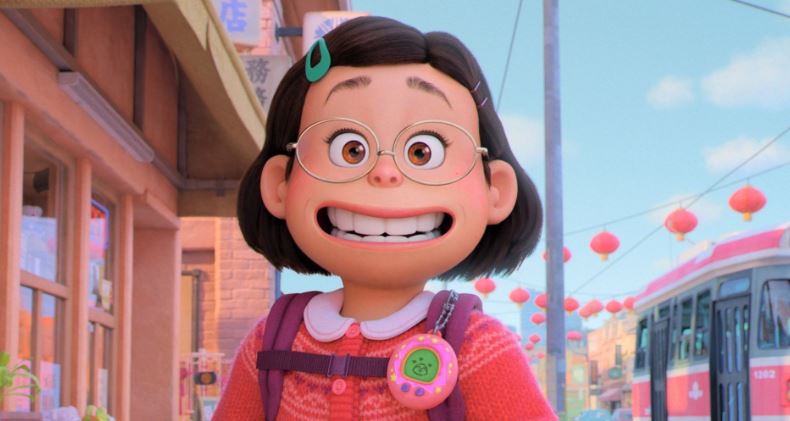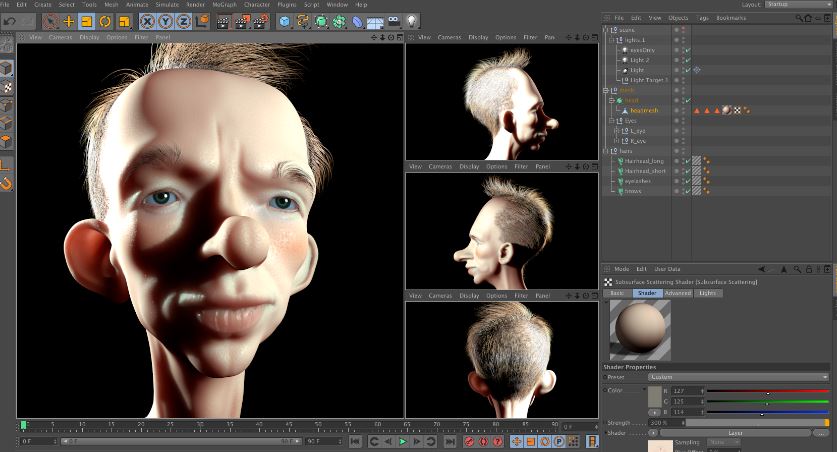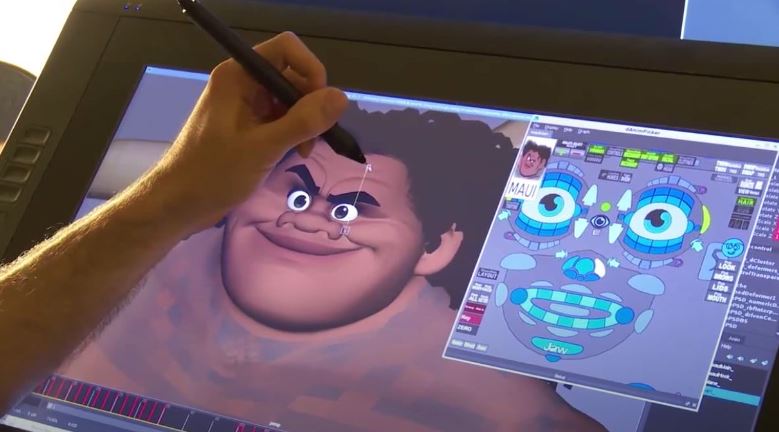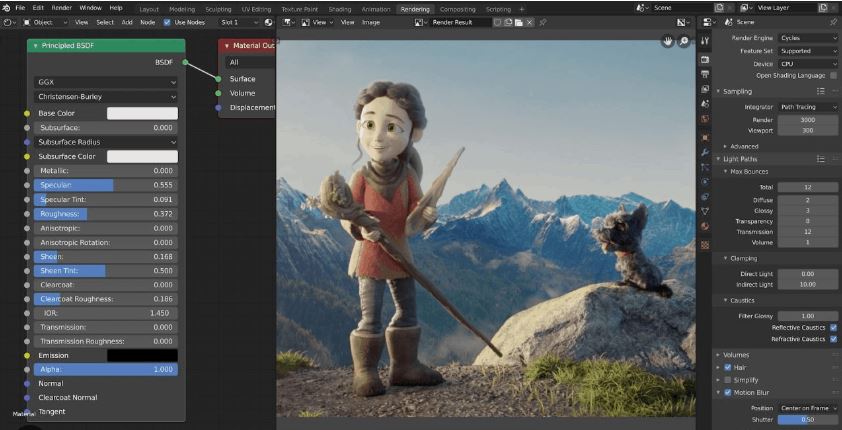Welcome to the captivating world of animation, where characters and stories come to life through motion and creativity. In this article, we will delve into the three popular styles of animation: 2D, 3D, and stop motion. Each style possesses unique characteristics and techniques that offer viewers a distinct visual experience. Get ready to embark on an exciting journey as we uncover the fascinating aspects of each animation style.
2D Animation: Classic Charm and Expressive Characters
2D animation has a long and rich history in the world of animation. It involves creating movement through a series of hand-drawn or digitally created images. This style is renowned for its classic charm and expressive characters.
The Basics of 2D Animation
2D animation is based on the principle of creating the illusion of movement through a sequence of drawings. Each frame is drawn by hand or using digital tools, and when played in rapid succession, they give the impression of motion.
Traditional Hand-Drawn Animation Techniques
Traditional hand-drawn animation involves artists creating each frame by hand on paper. It requires meticulous attention to detail and skill in capturing the essence of movement. This technique has been widely used in classic animated films.
Advancements in Digital 2D Animation
With advancements in technology, 2D animation has transitioned to digital platforms. Artists now use software and tools to create and manipulate digital drawings, allowing for more flexibility and efficiency in the animation process.
Notable Examples of 2D Animation in Film and Television
2D animation has left an indelible mark on the world of entertainment. From classic Disney films like “The Lion King” and “Beauty and the Beast” to beloved TV shows like “The Simpsons” and “SpongeBob SquarePants,” 2D animation continues to captivate audiences with its charm and storytelling.
3D Animation: Realistic Imagery and Immersive Worlds
3D animation has revolutionized the animation industry by creating realistic imagery and immersive worlds. This style uses computer-generated graphics to bring characters and environments to life.
Understanding the Foundations of 3D Animation
3D animation involves creating digital models, rigging them with virtual skeletons, and animating them using computer software. It relies on principles of physics and mathematics to simulate realistic movement and interaction.
The Role of Computer Graphics in 3D Animation
Computer graphics play a crucial role in 3D animation, allowing artists to design and manipulate digital models and environments. These models are textured, lit, and rendered to create lifelike visuals that immerse viewers in a virtual world.
Techniques and Tools Used in 3D Animation Production
3D animation production involves a variety of techniques and tools. Animators use keyframing, motion capture, and physics simulations to create realistic movements. Software like Autodesk Maya and Blender are commonly used for 3D animation production.
Remarkable Achievements in 3D Animation Films and Games
3D animation has enabled the creation of visually stunning films and games. Blockbuster movies like “Toy Story,” “Avatar,” and “Frozen” showcase the immense potential of 3D animation in storytelling and visual effects. In the gaming industry, titles like “Fortnite” and “The Legend of Zelda: Breath of the Wild” demonstrate the immersive worlds that can be created through 3D animation.
Stop Motion Animation: Captivating Movements Frame by Frame
Stop-motion animation is a unique style that involves capturing individual frames of objects or characters and sequencing them to create a move
What is Stop Motion Animation?
Stop-motion animation involves manipulating physical objects or characters and capturing a frame of their position. The objects are then moved slightly, and another frame is captured. When the frames are played in sequence, it creates the illusion of movement.
Various Forms of Stop Motion Techniques
Stop motion encompasses various techniques, including claymation, puppet animation, and object animation. Each technique has its own requirements and artistic possibilities. Claymation, for example, uses malleable clay figures that can be shaped and reshaped for each frame.
Crafting Characters and Sets for Stop Motion
Creating characters and sets for stop-motion animation requires attention to detail and craftsmanship. Artists meticulously craft characters using materials like clay, fabric, or wire. Sets are designed and built to provide a suitable environment for the animation.
Iconic Stop Motion Films and Their Impact on the Industry
Stop-motion animation has produced iconic films that have captivated audiences worldwide. “The Nightmare Before Christmas,” “Wallace and Gromit,” and “Kubo and the Two Strings” are examples of stop-motion films that showcase the artistry and creativity of this style. These films have influenced the animation industry and continue to inspire animators today.
Conclusion
Animation is a diverse and captivating art form, and each style brings its own unique appeal to audiences worldwide. Whether it’s the classic charm of 2D animation, the realistic imagery of 3D animation, or the captivating movements of stop motion, animators have the opportunity to tell stories and create immersive experiences. By exploring these different styles, we gain a deeper appreciation for the creativity and skill behind the art of animation.





